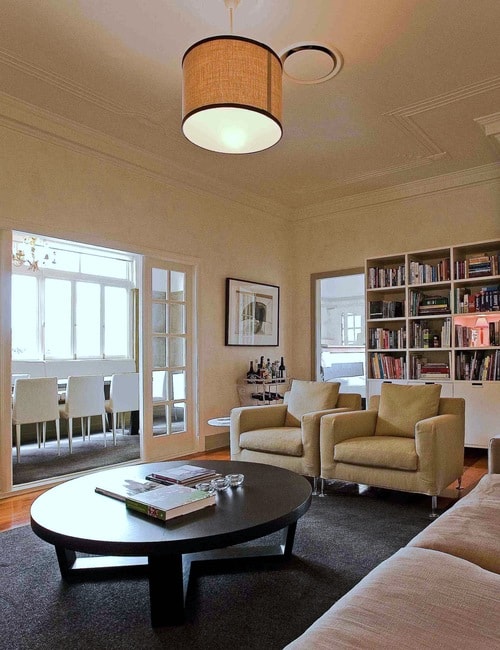Common Interior Design Mistakes (and How to Avoid Them)
Every homeowner has been there buying a sofa that doesn’t quite fit, hanging artwork too high, or choosing a paint colour that looks perfect in the store but feels wrong at home. These design mistakes are common because design is emotional. We buy what we love at the moment, not always what suits the space.
As a designer, I see the same challenges again and again, from apartments on the Gold Coast to family homes in Brisbane. The good news? Most of these mistakes are easy to avoid once you understand a few key design principles.
1. Buying Furniture Without a Plan
Impulse buying is one of the biggest design mistakes. A beautiful piece on its own doesn’t guarantee a beautiful room scale, proportion, and placement matter just as much.
Before shopping, take time to measure your space and create a furniture plan. This ensures each piece fits both physically and visually. When I work with clients, I map out layouts first so every purchase contributes to flow and function.
(See also Furniture Selection & Trade Discounts).
Through long-term trade relationships, my clients also gain access to quality furnishings sourced through trusted suppliers. I often pass on a portion of trade discounts to offset professional fees, helping clients achieve design cohesion and lasting value without the overwhelm of navigating showrooms alone.
2. Ignoring Flow and Balance
Rooms that feel cramped or disconnected often suffer from poor flow. Too much furniture, pieces pushed against walls, or inconsistent spacing can make even large rooms feel awkward.
Good design considers how people move through a space. Furniture should guide the eye and the body naturally, creating balance between open and filled areas. It’s about feeling comfortable, not just filling every corner.
(Explore Interior Design Services).
3. Playing It Too Safe with Colour
Many clients worry about getting colour “wrong,” so they default to all-white or grey interiors. The result? A space that feels flat and lifeless.
Colour is powerful; it can energise, calm, or connect one room to another. You don’t need to go bold; even soft neutrals layered with warm undertones and texture can create depth. The key is balance and consistency across your home.
(Explore Soft Furnishings & Styling).
4. Overlooking Lighting
Lighting can make or break a design. Relying solely on ceiling lights or downlights creates harsh, one-dimensional spaces.
Instead, layer your lighting: ambient for general glow, task for function, and accent for mood. Use dimmers and soft lamp lighting to add warmth and flexibility. The right lighting plan transforms both atmosphere and functionality.
5. Neglecting the Finishing Touches
Even well-designed rooms can feel incomplete without art, rugs, or window furnishings. These are not afterthoughts they’re what bring personality and cohesion.
Art, in particular, sets the emotional tone of a space. I always encourage clients to select pieces that speak to them personally and then position them carefully to anchor the room.
Design Is About Feeling, Not Perfection
Avoiding design mistakes isn’t about following rigid rules, it's about understanding how design influences mood and flow. The best interiors aren’t perfect; they’re balanced, comfortable, and deeply personal.
If your home looks fine but doesn’t feel right, it might just need a few professional adjustments to bring harmony back into the space.
Create a Home That Feels Effortlessly Right
Ready to refresh your home or avoid expensive design mistakes before they happen? Let’s plan your space together. I’ll help you create rooms that flow beautifully, feel cohesive, and reflect your personal style with confidence.
Book a Consultation today to start turning design uncertainty into clarity and calm.




